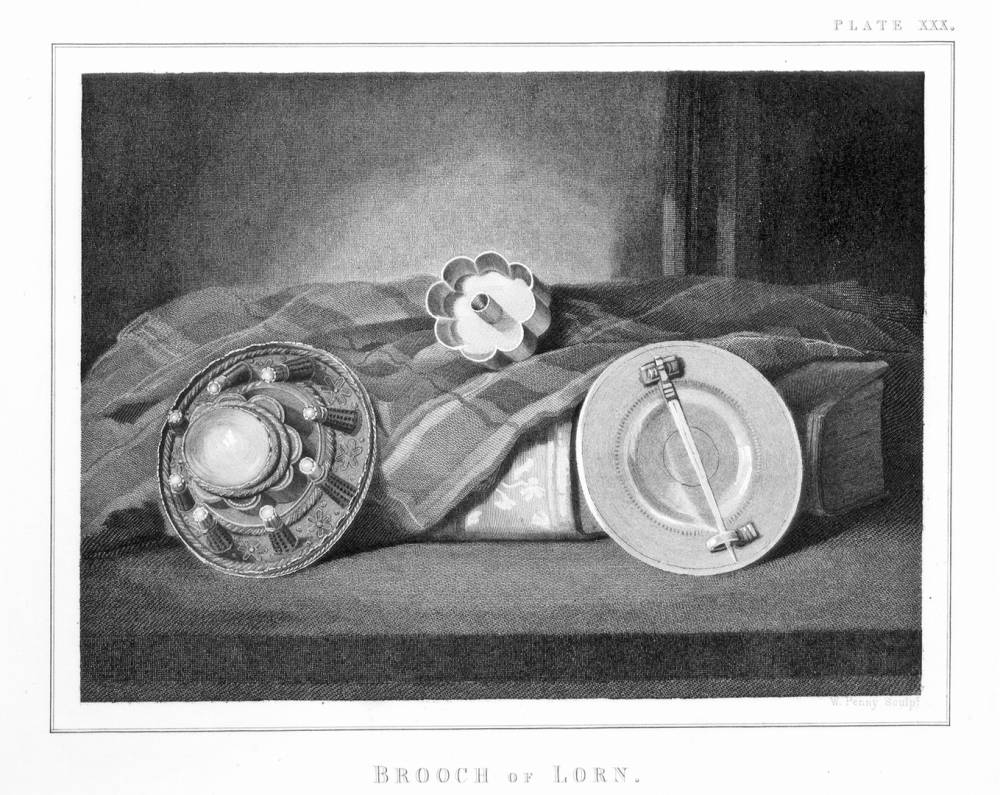The Brooch of Lorn
Am Baile / Highland Libraries
oban and it’s environs, from earliest ties – west highland series no. 8
Location: Oban, Lorn and the Slate IslandsThe Brooch of Lorn
During the uncertain years following the deaths of Ewan de Ergadia and his King Alexander III, the Scottish nation, unable to find a satisfactory monarch, fell prey to the advances of the English King Edward I who, in an attempt to bring the country under his own control, had engineered the election of the 'puppet' king John Balliol to the throne of Scotland - precipitating the Scottish War of Independence.
Some Scots remained on the side of Balliol while others rallied to the support of the rival claimant, Robert Bruce. Unfortunately, during these struggles Bruce was to kill 'Red' John Comyn, a favourite nephew of Sir Alexander MacDougall and close friend of his son, John of Lorn, starting one of the bitterest personal feuds in clan history between the MacDougalls and King Robert Bruce.
During the early days of Bruce's long campaign for Scottish independence he was often to be defeated by his adversaries, not least at the battle of Methven in 1306 after which, on retreating westward with his tired and demoralised followers, he was surprised near Tyndrum by his enemy John of Lorn at the head of a large force of MacDougalls.
Hopelessly outnumbered Bruce fought back valiantly until he was finally compelled to seek refuge once again in flight - but not before his assailants had torn from him his surcoat to which was attached a great silver reliquary brooch set with huge domed crystal ornaments. This priceless treasure, known as the 'Brooch of Lorn', was carried home in triumph by the MacDougalls who were to keep it as a clan trophy until it was, in turn, seized from them by the Campbells during the sack of Gylen castle in 1647.
Following this it was retained first by the Campbells of Bragleen and then by Campbell of Lochnell who later, in 1822, most chivalrously presented it back to Clan Dougall at a dinner held at Inveraray castle. The brooch is in ownership of the MacDougall of Dunollie Preservation Trust and it is currently on display in the National Museum of Scotland.
More information on visiting the area can be found here.
